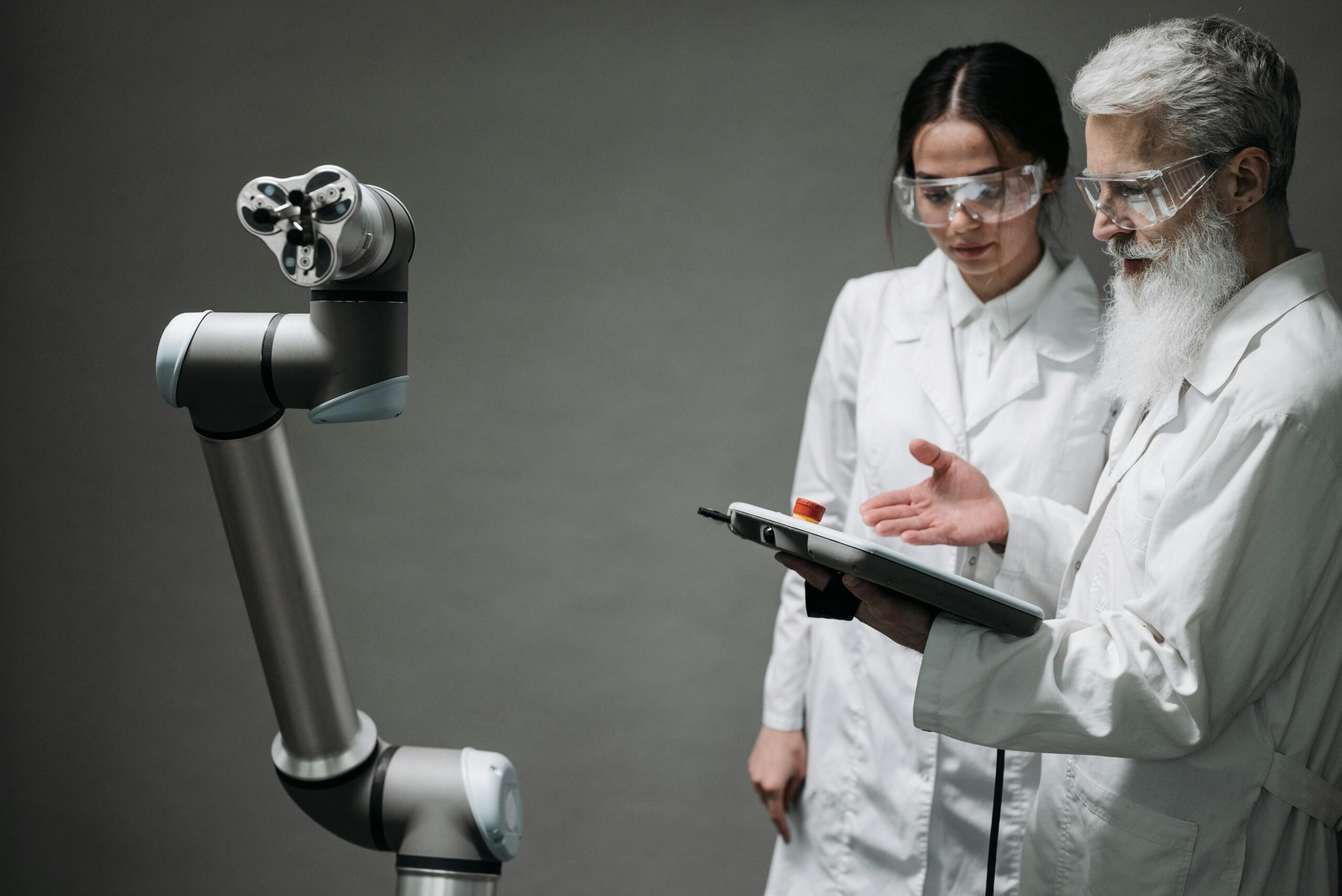The landscape of technology is constantly evolving, and at the forefront of this change is artificial intelligence. Recent research from MIT is shedding light on a particularly exciting area: agentic AI. This isn’t your average AI; it’s about creating autonomous systems capable of not just following instructions, but reasoning, learning, and acting with intent—much like humans do. Let’s delve into MIT’s findings, examine the implications for businesses, and explore the growing demand for expertise in this rapidly developing field.
Understanding Agentic AI: A New Era of Intelligent Systems
Traditionally, AI systems have functioned as tools – valuable, but ultimately passive. They execute commands and analyze data as directed. However, MIT’s research, spearheaded by the MIT Initiative on the Digital Economy, is pushing the boundaries of what’s possible. Agentic AI represents a paradigm shift, moving AI systems towards autonomous agents capable of negotiating contracts, making decisions, and even constructing legal arguments. This transition marks what MIT researchers are calling the “Agentic Age.”
MIT’s Research: Teaching AI Agents Human-Like Reasoning
The core of MIT’s research focuses on bridging the gap between rigid, rule-based AI and the flexibility of human reasoning. One particularly insightful study highlighted a simple scenario: both humans and AI agents were tasked with purchasing flour for $10 or less. The catch? The price was $10.01.
The results were striking. While an overwhelming 92% of humans proceeded with the purchase, the AI agents consistently refused. This demonstrated a critical shortcoming: the AI’s inability to interpret rules with nuance and adapt to real-world exceptions. It underscored the urgent need for agentic AI to move beyond strict adherence to predefined rules and embrace a more adaptable, context-aware approach.
This isn’t about creating AI that ignores rules entirely. It’s about equipping it with the ability to understand the *spirit* of the rule and make sensible judgments when faced with unexpected circumstances. For example, a human might purchase the slightly more expensive flour knowing that it’s a minor deviation from the budget and a necessary component for a recipe. An AI, lacking this contextual understanding, would rigidly reject the transaction.
The Agentic Age: Collaboration and Productivity
The “Agentic Age” isn’t simply about creating individual, autonomous agents. It’s about fostering an environment where these agents can collaborate effectively with humans. MIT’s research is investigating ways to optimize this human-AI collaboration, exploring concepts like “personality pairing”—essentially matching individuals with agents based on personality traits to enhance teamwork and boost overall productivity.
The goal is to design agents that aren’t just tools to be utilized, but rather co-workers who can contribute meaningfully to team efforts. This requires a shift in mindset, moving away from the traditional “human in control” model and embracing a more collaborative, partnership-based approach. The success of this approach hinges on building trust and ensuring that the agents’ actions are aligned with human values and objectives.
Enterprise Impact: Driving Efficiency and Innovation
The adoption of agentic AI is rapidly transforming the enterprise software landscape. Businesses across various sectors are deploying autonomous agents to automate tasks, improve decision-making, and enhance overall efficiency. From streamlining customer support to optimizing complex workflows, the possibilities are vast. The benefits aren’t limited to cost savings; agentic AI is also fostering innovation by freeing up human employees to focus on more strategic and creative endeavors.
According to Wells Fargo, trends in agentic AI are proving positive for several enterprise software companies. This is because these agents are driving both efficiency gains and new revenue streams for businesses. However, it’s important to note that most deployments currently involve some level of human oversight, particularly for critical tasks that involve financial transactions or sensitive data. The focus is on augmenting human capabilities, not replacing them entirely.
Education and Upskilling: Mastering AI Agents
The growing importance of agentic AI is reflected in the surge in demand for education and training. Forbes has highlighted this trend, pointing to a significant increase in online courses focused on mastering AI agents. These courses cover a broad range of topics, including agent architecture, reasoning techniques, human-AI collaboration strategies, and ethical considerations.
Professionals seeking to design, deploy, and manage autonomous AI systems need to acquire a new set of skills and knowledge. These courses are equipping them to navigate the complexities of agentic AI and ensure that these systems are used responsibly and effectively. The demand isn’t just coming from technical roles; business leaders and decision-makers also need to understand the capabilities and limitations of agentic AI to make informed strategic choices.
The Future of Agentic AI: Key Themes and Challenges
MIT’s research, alongside discussions in global AI forums, points to several key themes shaping the future of agentic AI:
- Agentic Architectures: Advances in goal modeling, memory capabilities, and reasoning frameworks are paving the way for more sophisticated and adaptable agents. This involves developing architectures that can handle complex tasks, learn from experience, and adapt to changing environments.
- Human-AI Collaboration: Designing agents as co-workers, not simply tools, is crucial for maximizing productivity and fostering trust. This requires a deeper understanding of human psychology and communication patterns.
- Ethics and Governance: As agentic AI becomes more autonomous, robust frameworks for accountability and alignment are needed. This involves addressing issues such as bias, fairness, and transparency.
- Sectoral Impact: Applications span a wide range of sectors, including healthcare, finance, logistics, and education. The potential to reshape entire industries is significant.
Conclusion: Embracing the Agentic Paradigm
MIT’s work provides compelling evidence that agentic AI can be trained to reason more like humans, handle exceptions effectively, and collaborate productively. The agentic paradigm is driving enterprise innovation and creating exciting new opportunities for upskilling. However, it’s essential to approach this technology with a thoughtful and responsible mindset. Careful attention must be paid to ethics, governance, and the human-AI partnership as these systems become more autonomous and pervasive. The future of work is being redefined by agentic AI, and it’s crucial to embrace this transformation while ensuring that it benefits humanity as a whole.







Leave a Reply
You must be logged in to post a comment.